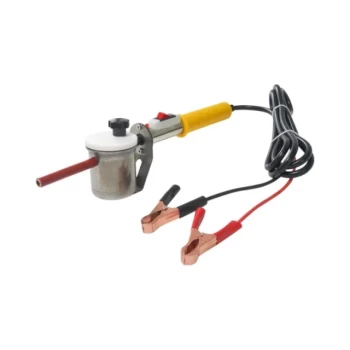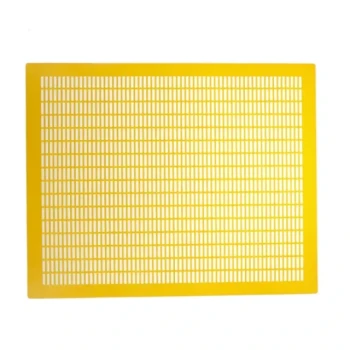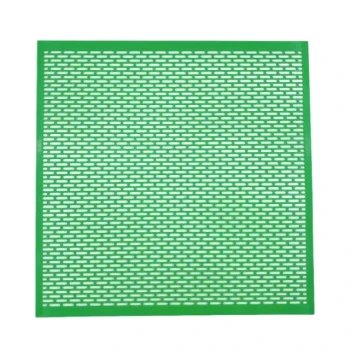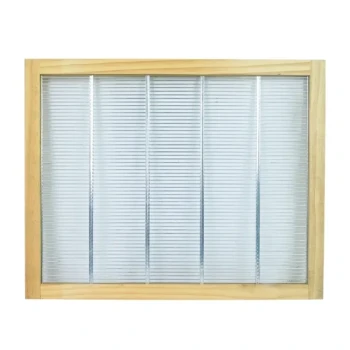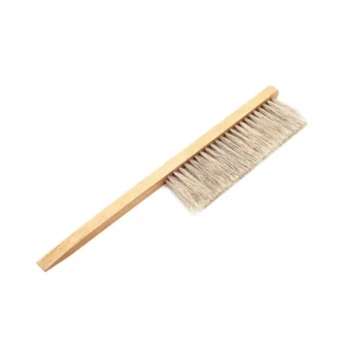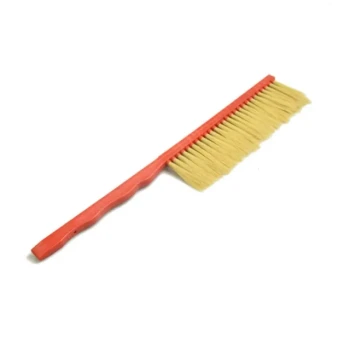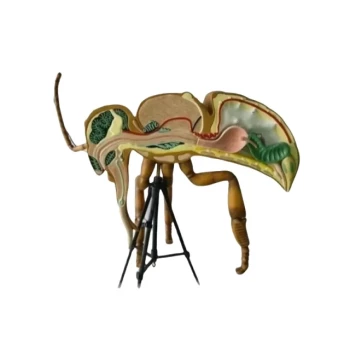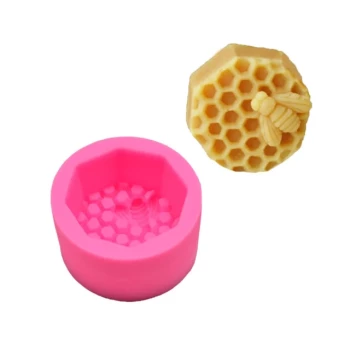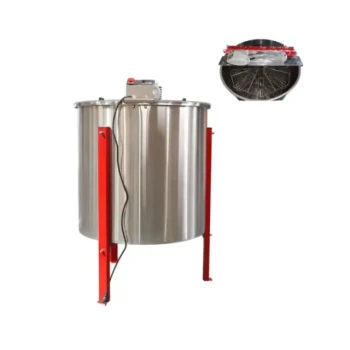Varroa mites pose one of the most severe threats to honey bee colonies worldwide, but oxalic acid (OA) offers a scientifically validated solution. This article demystifies how OA selectively targets mites, why bees survive exposure, and how beekeepers can apply treatments safely for over 90% mite mortality.
How Oxalic Acid Targets Varroa Mites at the Cellular Level
Oxalic acid’s lethality stems from its ability to penetrate mite biology at multiple levels while sparing bees. Research reveals two primary mechanisms:
The Role of Cuticle Penetration in Mite Toxicity
- Structural Vulnerability: Varroa mites have a thinner exoskeleton than bees, allowing OA to infiltrate their cuticle through tarsi (feet). Once inside, it disrupts cellular pH balance.
- Circulatory System Invasion: Unlike bees, mites lack specialized detoxification organs. OA enters their hemolymph (blood), causing systemic toxicity.
Disruption of Vital Physiological Systems in Mites
- Metabolic Shutdown: OA binds to calcium ions, crippling muscle function and nerve signaling.
- Cellular Desiccation: It forms sharp crystals in mite tissues, physically rupturing cells.
Key Insight: Studies show vaporized OA achieves up to 97.6% mite mortality by depositing micro-crystals on hive surfaces, which mites contact during movement.
Why Bees Tolerate Oxalic Acid: A Comparative Survival Mechanism
Honey bees withstand OA exposure due to evolutionary adaptations:
Bee Anatomy vs. Mite Vulnerability
- Detoxification Advantage: Bees metabolize OA via Malpighian tubules (renal-like organs). Mites lack equivalent systems.
- Cuticle Thickness: A bee’s thicker exoskeleton limits OA absorption.
Thresholds for Safe Exposure in Colonies
- Temperature Matters: Apply OA when hive temps are above 40°F (4°C) to avoid chilling stress.
- Dosage Limits: Never exceed 50cc per hive (5cc per frame space) to prevent bee irritation.
Practical Tip: Bees groom OA crystals off each other, reducing ingestion risk—a behavior mites cannot replicate.
Optimizing Oxalic Acid Application: Methods, Timing, and Dosage
Vaporization vs. Dribble: Efficacy and Hive Impact
| Method | Mite Mortality | Bee Safety | Best For |
|---|---|---|---|
| Vaporization | 93–97.6% | High (no direct contact) | Broodless periods |
| Dribble | 85–90% | Moderate (wet application) | Emergency mite surges |
Vaporization Pros:
- Treats hives in under 1 minute.
- Evenly distributes crystals without wetting bees.
Dribble Caveats:
- Sugar syrup may encourage robbing if spilled.
- Requires precise 1:1 sugar-water mixing.
Seasonal Considerations for Maximum Effectiveness
- Late Fall/Winter: Ideal for vaporization—no brood means mites are exposed.
- Spring/Summer: Combine with brood interruption techniques (e.g., trapping mites under cappings).
Safety Note: Always wear gloves, goggles, and a respirator during preparation to avoid skin/eye contact or fume inhalation.
Ready to Safeguard Your Hives?
HONESTBEE’s professional-grade oxalic acid kits help commercial apiaries and distributors implement precise, high-efficacy treatments. Explore our vaporizers and protective gear designed for large-scale operations—where bee health meets operational efficiency.
Final Thought: Mastering OA’s science transforms it from a chemical to a strategic ally in sustainable beekeeping.
Visual Guide

Related Products
- Durable 12V Oxalic Acid Vaporizer for Varroa Mite Treatment Beehive Beekeeping Tool
- 12V Bee Mite Removal Evaporator Oxalic Acid Vaporizer for Bee Fumigation Treatment 180W Atomization
- Heavy Duty 12V Oxalic Acid Evaporator Vaporizer for Bee Varroa Mite Treatment Beekeeping Fumigator Atomizer
- Professional Plastic Queen Excluder for Modern Beekeeping
- High Performance Plastic Queen Excluder for Beekeeping and Apiary Management


